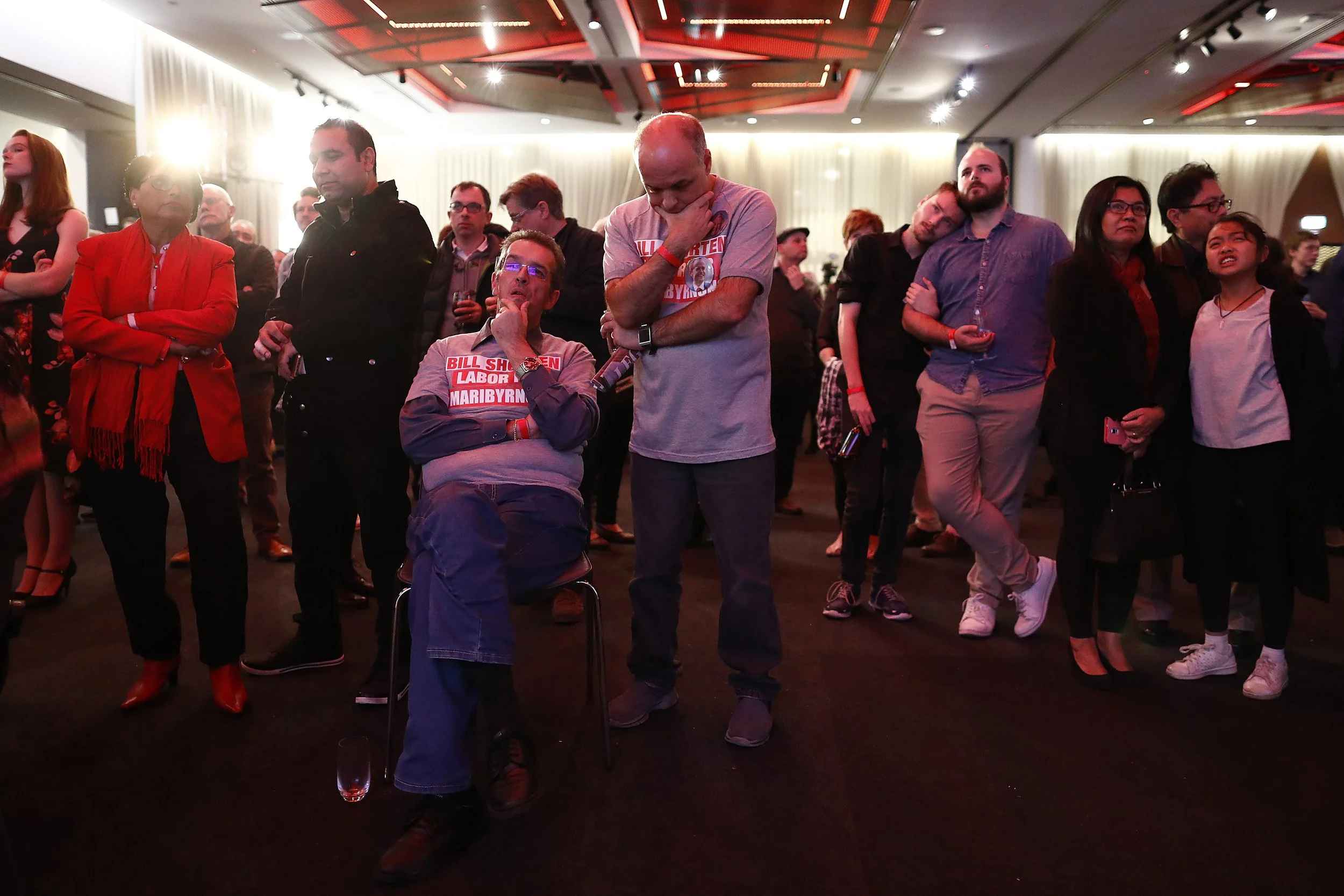Opinion
Don't tell people what to think. Understand what they need.
November 08, 2019
As the polls began to close in the west on the evening of May 18, I sat keenly watching the results already rolling in along the east coast. Eighties music wafted through my local RSL, mingling with the distant sound of poker machines.
But it didn’t take long for a deeper silence to fall across the assembled. By 7.30 it was clear the tea leaves, bookies and pollsters had all been wrong – and it was going to be a hard evening for Labor.
I was shocked, but not entirely surprised. I have worked on a number of big campaigns and knew that after coming so close in 2016, the next time was going to be just as tough for Labor no matter what the media chatter said.
With the release of Labor’s election review on Thursday, we can now all see the diverse and complicated reasons for Labor’s surprise election loss. There is no one silver bullet. No simple answer. This makes the headlines hard to write, but it is a much more human analysis. It’s also a sign that the review's authors, Jay Weatherill and Craig Emerson, have taken their job seriously, avoiding the temptation to hunt witches or seize on easy answers.
Yes, Clive Palmer shovelled millions into ads. Yes, there were probably too many ambitious policies. Yes, the campaign lacked a clear, compelling narrative. Yes, it was insular, cocksure and poorly structured. In the end, Scott Morrison successfully managed to exploit each of these vulnerabilities.
With the benefit of hindsight, many of these issues could have been fixed. And with a new generation of parliamentary and party leaders, I am sure they will be by 2021.
There is plenty of palace intrigue about who did what and who is to blame, but in all this gossip about the past Labor risks forgetting one of the biggest lessons for the future. The internal systems that guide the way the party communicates and engages with the community need to evolve, and they need to embrace a new world.
It seems like every election for 10 years has had some kind of digital tagline, such as "the Facebook election", or "the election the internet changed everything". So why wasn’t digital decision-making given a seat at the big table?
As the review outlines, “the digital team was not empowered to lead any of [its] functions and did not exercise ultimate authority over its work other than in strictly technical areas”. The campaign upped its digital spend by 60 per cent compared with 2016, but it didn’t use the money wisely.
Instead, aggressive TV ads were pumped onto an internet audience unwilling to see them, making it impossible to watch YouTube for weeks without being confronted with enormous yellow letters telling you how evil Scott Morrison was.
This approach also didn’t consider the interactive or relational nature of the internet. Rather than earning people’s attention, or considering the way people interact with these platforms, the ads just told us what to think.
A skippable YouTube ad asked if Scott Morrison was even that bad. The answer Labor wanted you to take away was "yes, he is", but all of the negative examples were shown after the skippable five-second mark (meaning that few people would have seen them, and many would have left with the impression that Morrison wasn’t that bad).
I’m tired of politely having this fight. The era of broadcast politics is over. You can no longer tell people what to think through blunt repetition on commercial television. You cannot demand people’s attention – you must earn it. You must engage people’s curiosity; you have to connect with them emotionally and, in turn, persuade them.
With devastating effect, this is exactly what the "death tax" rumour mill did to hurt Labor. It’s what innovative, if mischievous, digital operatives within Morrison’s campaign did with their low-fi Game of Thrones memes and subterranean whispering campaigns. Two of the most prominent staff have now attached themselves to Boris Johnson’s upcoming election campaign.
This is a shift from broadcast thinking to movement thinking, and it’s not just an Australian phenomenon. We’re seeing it right across the world. From Black Lives Matter and the UK’s Leave campaign to Australia’s GetUp.
Successful political movements of the modern era share two things in common: they are decentralised and participatory. They put ordinary people at the centre of their story, and grow collective power beyond small groups – organising into a sustainable, long-term movement that is bigger and deeper than any one organisation.
This movement-focused approach to communications isn’t new for political parties or advocacy organisations. It largely mirrors their existing field efforts in each electorate. Candidates are usually known in their local communities, work to build relationships with important local stakeholders, and build a team of volunteers who in turn talk to voters across the electorate about the issues that matter to them.
Campaigns of the future will need to embrace this thinking – building deeper relationships with the community online, months or years in advance. They will need to invite supporters to participate in the campaign, to contribute their time, money and attention in the pursuit of success.
Let’s hope they learn the lesson.

